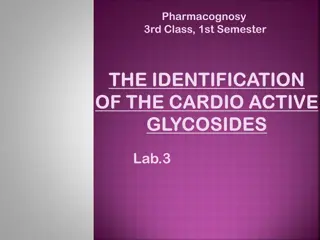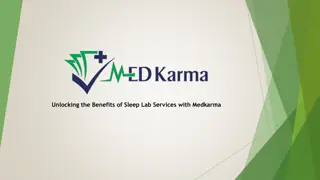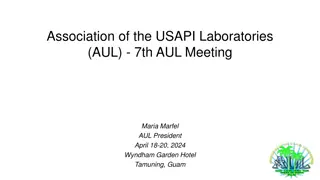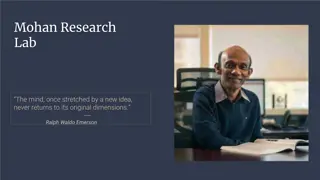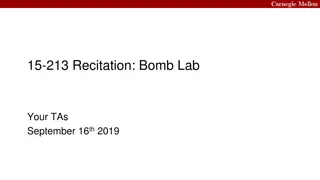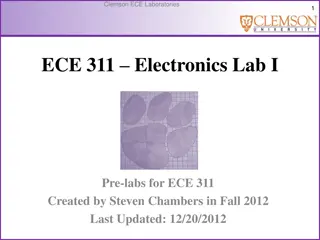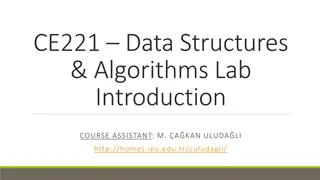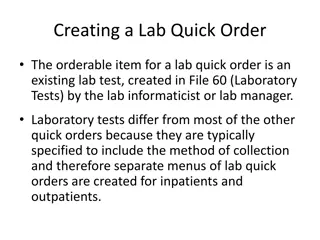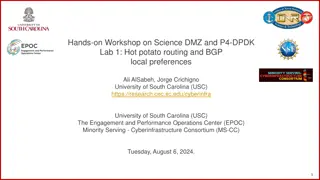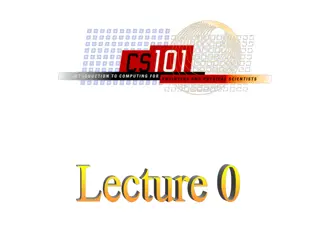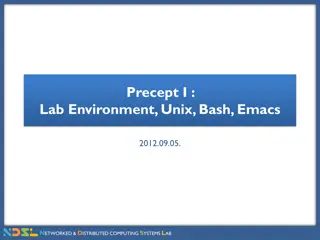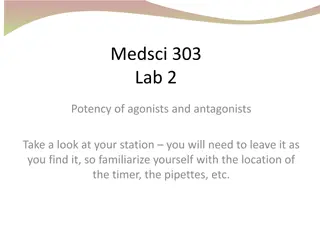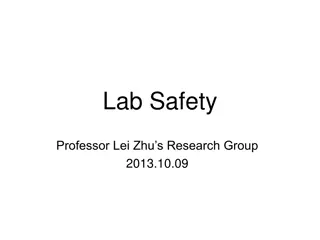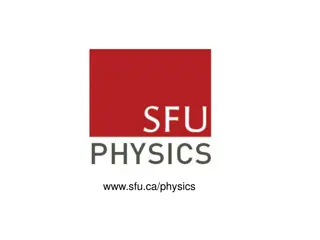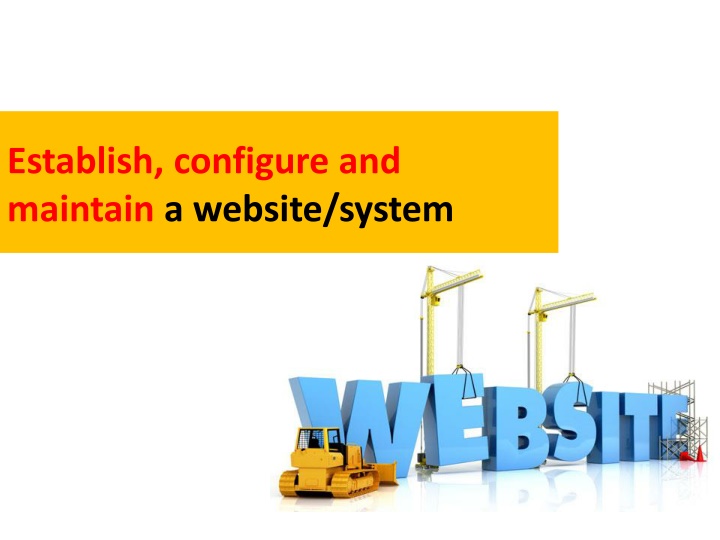
Website System Establishment, Configuration, and Maintenance
"Learn about the essential processes involved in setting up, configuring, and managing a website system, including client-server communication, CRUD operations, file handling, and database connections."
Download Presentation

Please find below an Image/Link to download the presentation.
The content on the website is provided AS IS for your information and personal use only. It may not be sold, licensed, or shared on other websites without obtaining consent from the author. If you encounter any issues during the download, it is possible that the publisher has removed the file from their server.
You are allowed to download the files provided on this website for personal or commercial use, subject to the condition that they are used lawfully. All files are the property of their respective owners.
The content on the website is provided AS IS for your information and personal use only. It may not be sold, licensed, or shared on other websites without obtaining consent from the author.
E N D
Presentation Transcript
Establish, configure and maintain a website/system
Client Server Communication basic communication for a website system Send request to the server Return file to the client ` Send another request to the server Return required file to the client Client-side Server-side Client A (computer | program | process) that makes requests for information from another (computer | program | process) in a client- server relationship Server A (software program | computer) that provides a specific kind of service to client software running on the same computer or other (clients | computers) on a network Example: Web server, file server, DHCP server
CRUD basic process of a system with data management Describes the fundamental functions of a persistent database. CRUD = Create, Read, Update and Delete. Retrieve may occasionally be substituted for Read. Search will add data management capability of a system. Different users may have different CRUD cycles based upon the requirements of the system. A customer, for instance, might have the ability to create an account, retrieve it upon return to a website, update billing information, or delete it if necessary. An operations manager, by contrast, might create product records, call them up as needed, modify packaging or raw materials details or delete it if the product was discontinued.
The Concept establish, configure and maintain a website localhost/foldername/filename.php /xampp/htdocs/ /foldername/... *.php *.html *.jpg *.png Open file - client server application - in order to open the electronic page; * use a web browser * type in the address or url * localhost/foldername/filenamewithextension Location of file & folder - must be place @server - in Xampp: * /xampp/htdocs/ * it is a local server * known as localhost
Example chantek connection between electronic page with database dbchantek session hold information about one single user, and are available to all pages in one application chantek booking product * a simple website/system * manage user booking product & user enrolment for class * there are two levels of user: Admin and User user level Admin User register class
Example chantek Admin Login User Profile Class Registration Product Product Order Class View View View View View Edit / Delete Edit / Delete Edit / Delete Edit / Delete Edit / Delete Add Order Register Register Add
Example chantek User Login User Profile Class Registration Product Product Order Class View View View View View Order Edit / Delete Register Receipt Receipt Delete Delete

